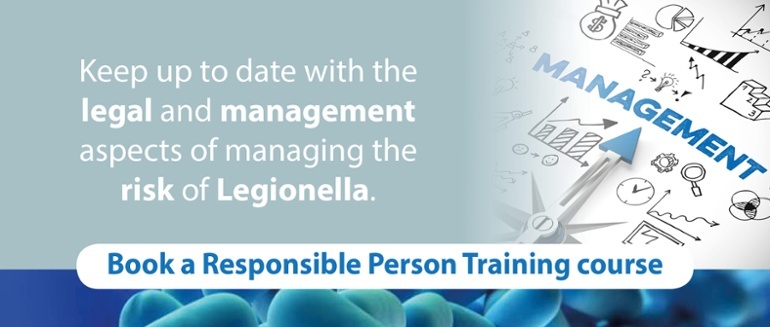
When it comes to bath and pool time, toys are a must-have for kids. They’re not just fun; they also help with interaction and learning while splashing around in the water. From rubber ducks to colourful squirt guns, these toys come in all shapes and sizes, usually made from materials like natural rubber, silicone, or even plastic. They make bath time enjoyable and can turn a mundane routine into an adventure!
Pseudomonas aeruginosa and bath toys
However, it’s important to keep in mind that while these toys bring joy and creativity to water play, they can also pose some risks if not properly cared for. One concern is Pseudomonas aeruginosa bacteria, which can thrive in warm water environments like baths and swimming pools.
Have you noticed that a lot have a small hole in the toy which allows water to collect inside, and be squirted out often as a fun game for the user or those in the surrounding area?
Over time, the condition of the toy internally can change due to moisture, heat, and degradation of the material. If these toys haven’t been emptied or dried out properly, they can become a cozy home for microbial growth - yikes!
I decided to investigate this firsthand. I took some old bath toys that had been well-loved (and let’s be honest, not always emptied or dried) and cut them open to see what was going on inside. Spoiler alert: it wasn’t pretty! The insides were a mix of murky water and some questionable gunk that definitely shouldn’t be in your kid's bath.
So, let’s take a look at what I found


Inside there was a small amount of water due to the difficulty of drying such items. Also, there was black mould / biofilm seen within, especially within the more confined areas.
So, what can be done?
If you squeeze one of these toys and you observe black debris coming out, it’s possibly already too late as even when soaked in a cleaning solution or disinfectant, how can you guarantee the mould is killed off and removed, it could also be at the stage where it has embedded itself within the surface of the toys internal surface making cleaning all the more difficult. The internal isn’t freely accessible, and it’s not like it can simply be wiped clean.
A proper regime of soaking the toy in a cleaning solution such as a disinfectant, emptying, rinsing and drying after each use could help reduce the risk of mould build-up and stagnation within the toys.
It should be noted that the majority of bath toys will never fully dry out unless a programme is in place as they sit on there own until the little ones choose to use them on their given day, this alone adds to the risk posed by them due to the risk of stagnation and nutrients from soaps, oils, mould and mildew, this is amplified further when the water in the toys are being atomized by being sprayed.
This blog isn’t meant to scare you into tossing out all bath toys; rather, it’s about raising awareness of what might be hiding inside them, especially if your child has respiratory issues or other immunocompromise. Fun should always come first during bath time! But as adults and caregivers, we can definitely do our part by keeping up with a solid cleaning routine to protect our little ones while they splash around happily. In some healthcare environments, bath toys may be prohibited due to the immunocompromised status of the children.
Further reading>I have a Pseudomonas aeruginosa count – what next?
Feel free to reach out if you have any questions about this blog or if you would like to consult with one of our experts for further advice on water hygiene.
Editor's Note: The information provided in this blog is correct as of the date of original publication - October 2025.
© Water Hygiene Centre 2025








